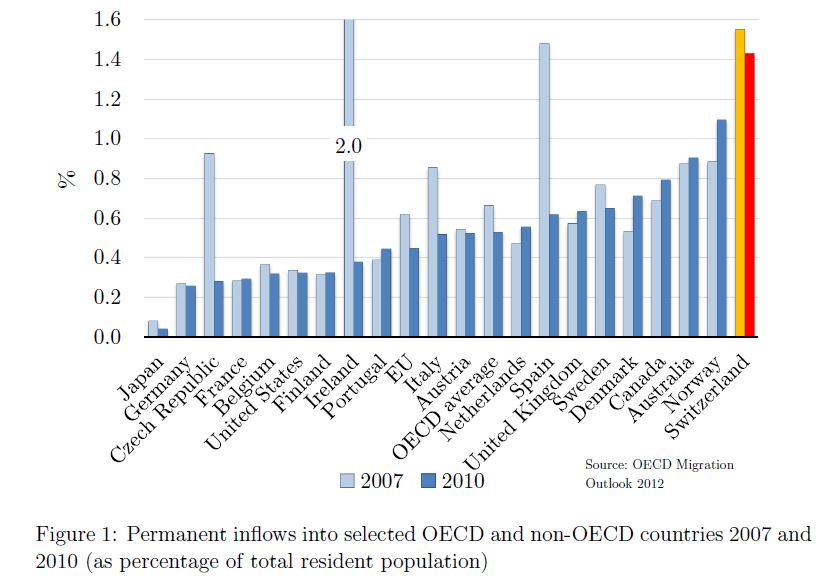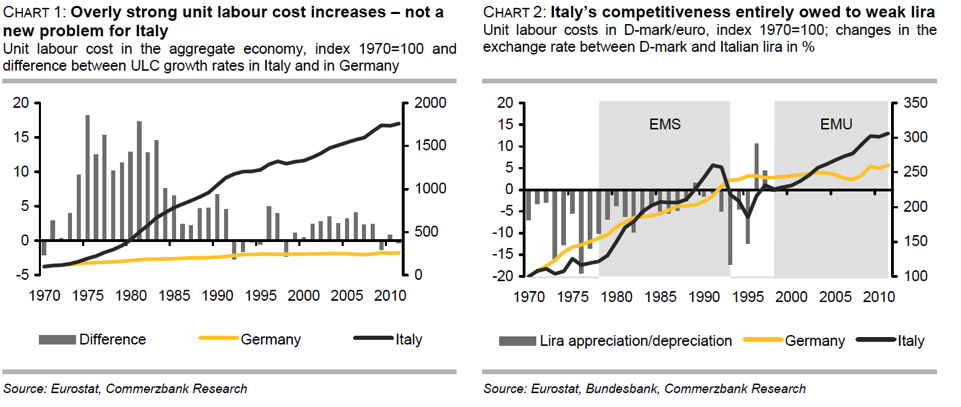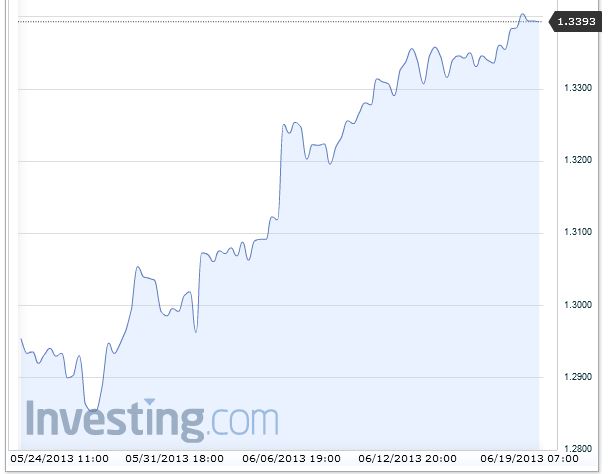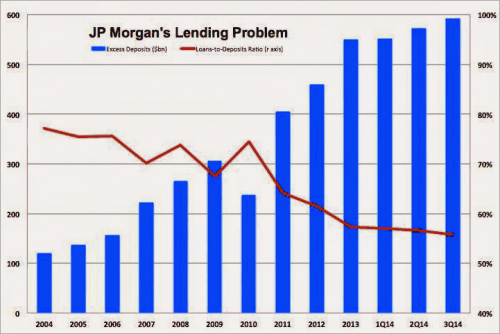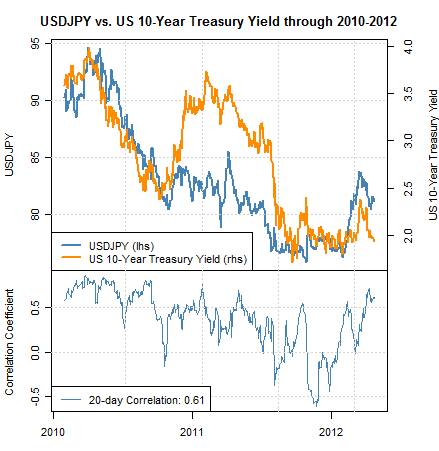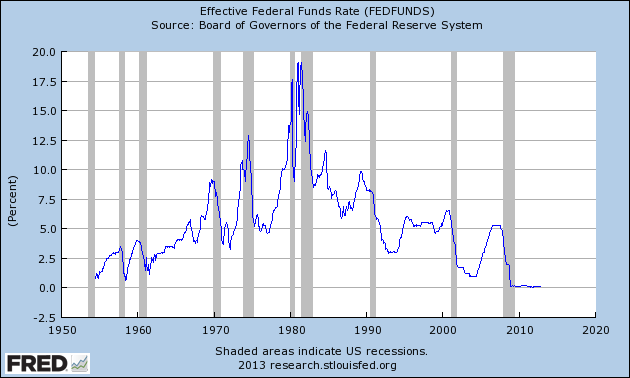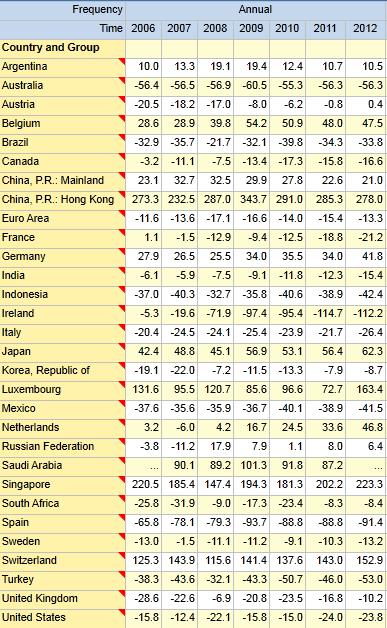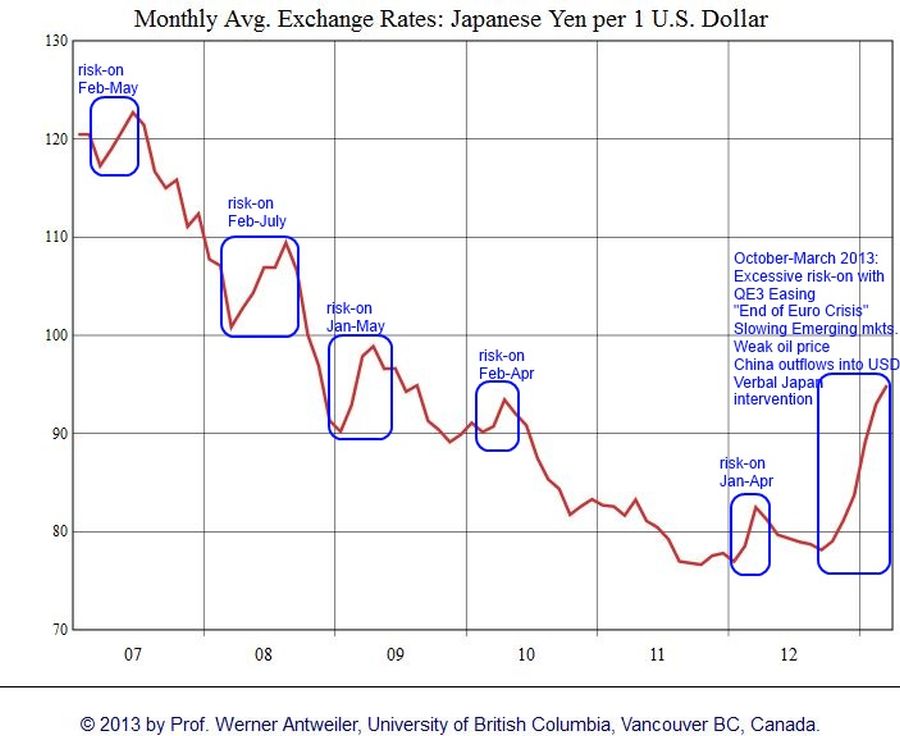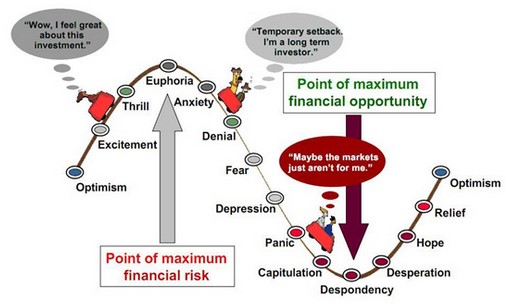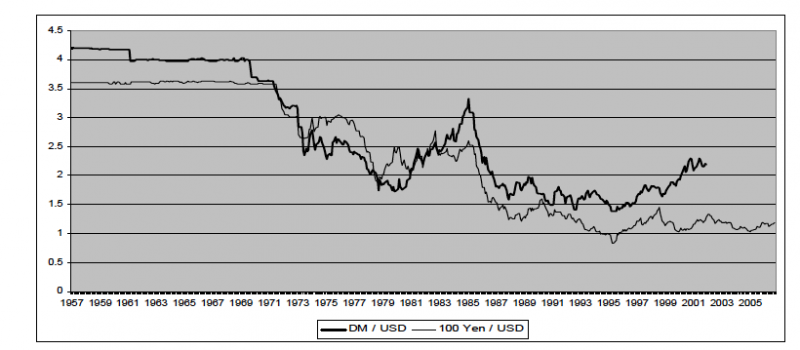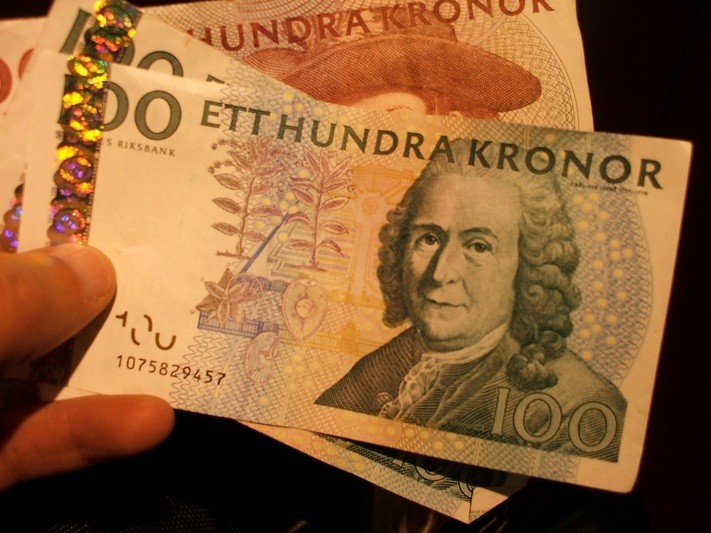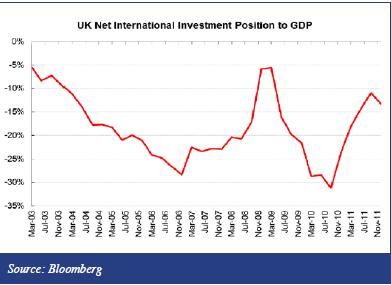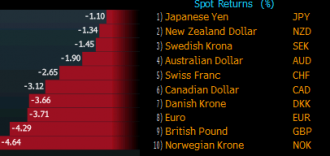Category Archive: 4) FX Trends
(5.6) The Holy Grail of Long-Term Currency Movements: Crowther’s Balances and Imbalances of Payments
The former chief editor of "The Economist" Geoffrey Crowther published a great work on the development of balance of payments and current accounts over the long-term. It divides development into six phases, which are analogous to Shakespeare's seven phases of life.
The seven stages are:
Young debtor nation, Mature debtor nation, Debt repayment nation, Young creditor nation, Mature creditor nation, Credit disposition /Asset Liquidation nation and...
Read More »
Read More »
(6) FX Theory: Carry Trade and Reverse Carry Trade
This page discusses two closely related concepts: the carry trade and the reverse carry trade.
Read More »
Read More »
(6.1) FX Theory: The relationship between Current Accounts Surpluses and the Carry Trade
The EUR/USD is going on its longest winning streak for a long time. Since May 27, it has improved from 1.2850 to 1.3396 and is approaching 1.34. What are the reasons?
Read More »
Read More »
(7) FX Theory: The Asset Market Model
The Asset Market Model implies that a currency will be in higher demand and should appreciate in value, if the flow of funds into financial market of the country such as equity and bonds markets increase.
Read More »
Read More »
(8) Currency Wars: How to Push and Talk Down Your Currency?
Direct or indirect intervention is credible only in countries where domestic asset prices are undervalued and CPI/asset price inflation are no issues. Otherwise they create medium-term risks.
Read More »
Read More »
(9) FX Theory: Wealth and Net International Investment Position
Availability of funds (wealth and the international investment position): One of the 5 key indicators for FX rates. Often currencies of countries with a a lot of funds appreciate when markets decline.
Read More »
Read More »
(9.1) Net International Investment Position
A comparison of the net international investment position (NIIP) of several countries. We explain why asset valuation effects this position at the example of the United States.
Read More »
Read More »
(8.1) Yen Weakness: Risk-Off Environment, Abenomics or Trade Deficit?
The yen overshot during and after the financial crisis. The USD/JPY fell from 120 in 2008 to lowest levels of 74, by 62%, but rose to 102 again. What are the reasons?
Read More »
Read More »
(12) FX Rates, Contrarian Investments and the Misleading Concept Called GDP
We extended our existing post to contrarian investing. It was published on Seeking Alpha and awarded the Editor's Pick.
Gross Domestic Product(ion) is (or has become) a measurement of activity and consumption, but not of capital accumulation and production.
In many cases, GDP growth is negatively correlated to saving. Higher savings (aka austerity) leads to lower GDP growth today, but to higher GDP in the future.
In its worst case, GDP growth...
Read More »
Read More »
(14) Best Trading Tips
Read our contrarian insights: We provide regularly contrarian indications to technical Forex movements. Trade after work and do not look at markets during the day, third read scary facts about stops.
Read More »
Read More »
(13.1) Is the Swedish Krona a Safe-Haven?
Arguments in favor of and against the Swedish Krona,as safe-haven during the euros crisis. Extracts from tradingfloor.com
Read More »
Read More »
Currency Positioning and Technical Outlook August 12: Corrective Pressures Dominate
Submitted by Marc Chandler, Global Head of Currency Strategy, Brown Brothers Harriman The main tension in the foreign exchange market is between positions adjusting pressures, which are US dollar negative, and widely held ideas that the trajectory of growth and interest rate differentials favor the US, which is dollar positive. There are some important economic data due …
Read More »
Read More »
Net Speculative Position and Technical Outlook: A Week of Fundamentals
Submitted by Marc Chandler, Global Head of Currency Strategy, Brown Brothers Harriman Fundamental considerations are likely to dominate technical factors in the week ahead. The Federal Reserve, Bank of England and the European Central Bank meet. The PMIs are released. The first estimate of Q2 US GDP, July auto sales and the monthly employment will also be …
Read More »
Read More »
Currency Positioning and Technical Outlook: Dollar Correction at Hand?
Submitted by Marc Chandler, Global Head of Currency Strategy, Brown Brothers Harriman The US dollar rose against all the major currencies in the past week. It seems clear that the greenback’s gains were not a reflection of domestic developments, though it is true that US data stands in stark contrast with nearly every other major country. …
Read More »
Read More »
Net Speculative Positions, Technical Forecast, Week March 04: King Dollar Returns?
Submitted by Marc Chandler, Global Head of Currency Strategy, Brown Brothers Harriman The US dollar rose against all the major currencies in the past week. It seems clear that the greenback’s gains were not a reflection of domestic developments, though it is true that US data stands in stark contrast with nearly every other major country. …
Read More »
Read More »
Net Speculative Positions, Technical Forecast, Week February 17
Submitted by Mark Chandler, from marctomarkets.com The official talk around the G7 statement and the G20 meeting generated a great deal of needless noise in the foreign exchange room. It is almost like a librarian yelling “Quiet”. It may be more disruptive than the initial noise. With the meetings out of the way, we expect …
Read More »
Read More »
Net Speculative Positions, Technical Forecast, Week February9
Submitted by Mark Chandler, from marctomarkets.com Last week the euro was the weakest of the major currencies and the recently beaten up sterling and yen were the strongest. A similar pattern was also evident in the dollar-bloc. The New Zealand dollar had been the strongest and last week had was the weakest, with the …
Read More »
Read More »









